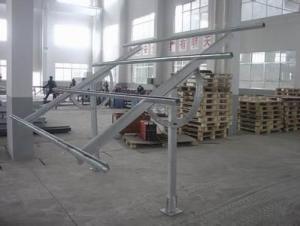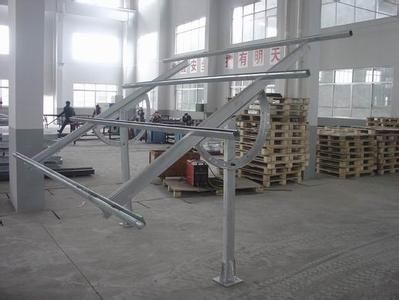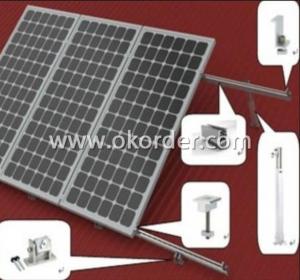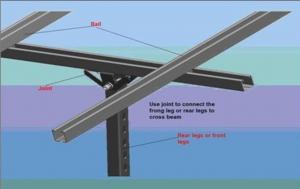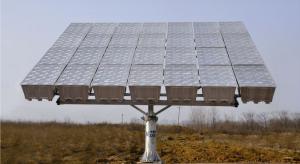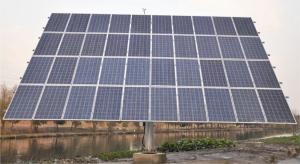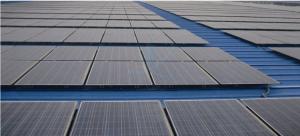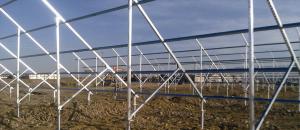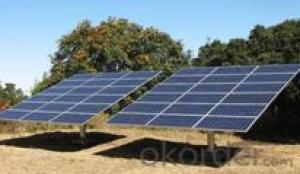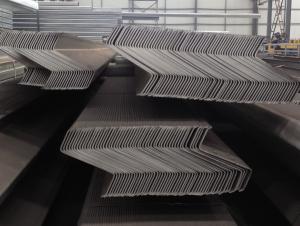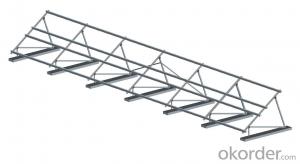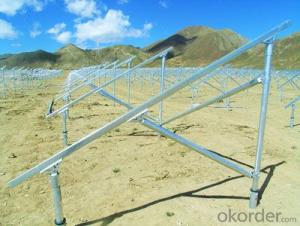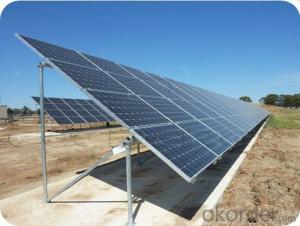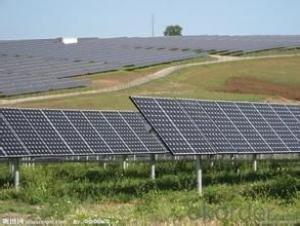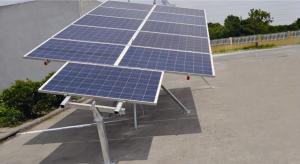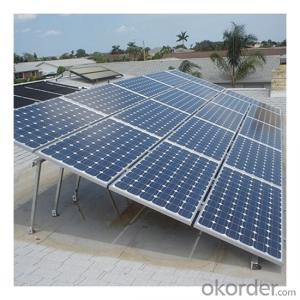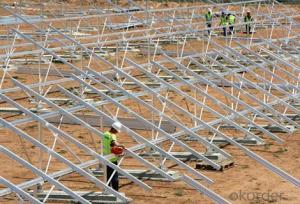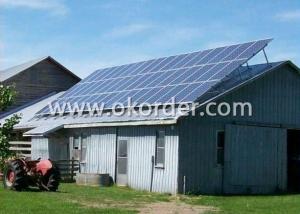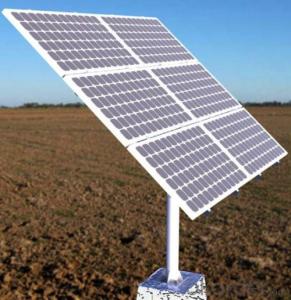Metal Roof Solar Mounting Systems - TT-TK-S04A Solar Panel Mounting System
- Loading Port:
- Shanghai
- Payment Terms:
- TT OR LC
- Min Order Qty:
- -
- Supply Capability:
- 50万套 set/month
OKorder Service Pledge
OKorder Financial Service
You Might Also Like
PV Mounting brackets are special solar photovoltaic systemfor placing, installing, fixing the solar panel design. Generally materials arealuminum, steel structure, stainless steel. PV mounting products at groundmounting system, flat roof mounting system, adjustable angle roof rack system,inclined roof rack system, column bracket system.
The Ground Mounting System including concret basement sysytemand steel pipe sysytem, Titanergy provides total solution for flat or pitchedroof with patent products.On the basis of the given project data, specificnational standards and guidelines, Titanergy will calculate the completestructural analysis and create a complete project plan to make sure reliablestructural safety.We provide high quality HDG steel and aluminum products forthe ground mounting sysytem,witch can make sure the security and durability ofthe project.
Features and Advantages
n The rail bracket is easy to install, just use simple tools(eg, Allen wrench) can be easily installed. Rail connecting member can freelyadjust the length, the stent may be pre-installed on the roof, and thenappropriately adjusted according to the size of the solar panel.
n The combination of strong, aluminum rails and card blocks fora variety of venues and a variety of materials roofs (such as metal, ceramicand other kinds of tile surface)
n Component compatibility, and rail can meet PV modules fromdifferent manufacturers.
n accuracy, the length of the rail to the nearest millimeter,the construction process, not because of the length is too long or too shortfor the second cut.
n flexible assembly, rail hooks can adjust the spacing modulearray and tile has been installed successfully address the uneven roofconstruction led to difficult problems.
n design standards, product design and development process instrict accordance with GB, the German standards and other internationalstandards to ensure products reach the world advanced level.
n Quality assurance, the stent main material is high-qualityaluminum and stainless steel, effectively prevent corrosion of oxidation.Products can be recycled, reducing environmental pollution.
n Carried out strictly according to the current specificnational standards
n Perfectly optimized components and complete structuralanalysis for the sysytem
n High corrosion resisitance ensure the stability and highdurability
n Total test and certification make sure the high quality ofthe products
n Maximum pre-assembled in factory,quick mounting onsite,timesaving
10-year durability warranty
Technical Data
n Design Period:25 years
n Installation Site: Open area
n Array Angle:10°~60°
n ModuleType:Framed or unframed
n Material:Q235B,Al 6063-T5,Al 6005-T5,StainlessSteel A2-70
n Coating:HDG/Anodised
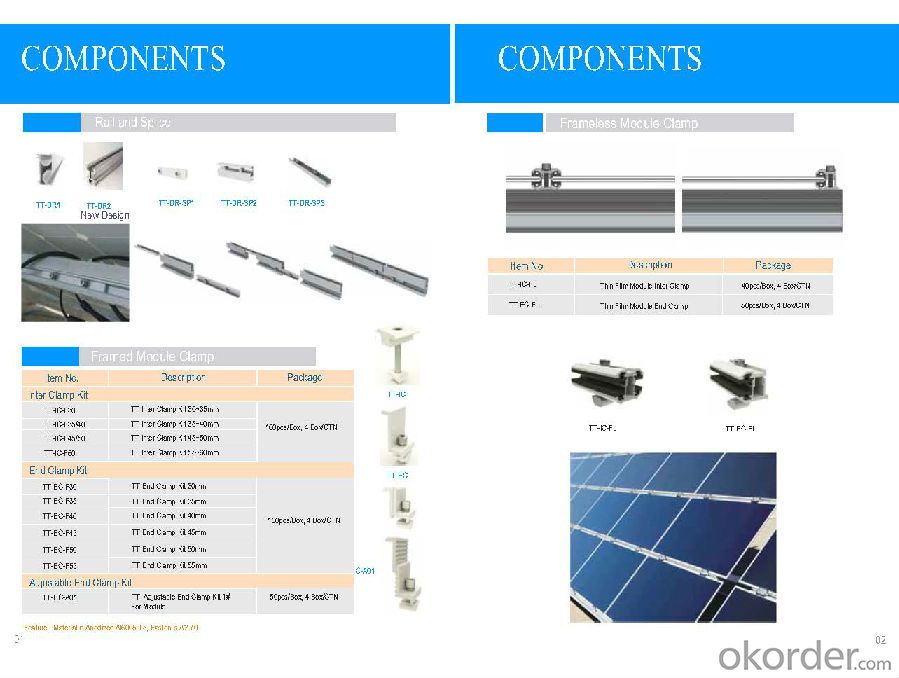
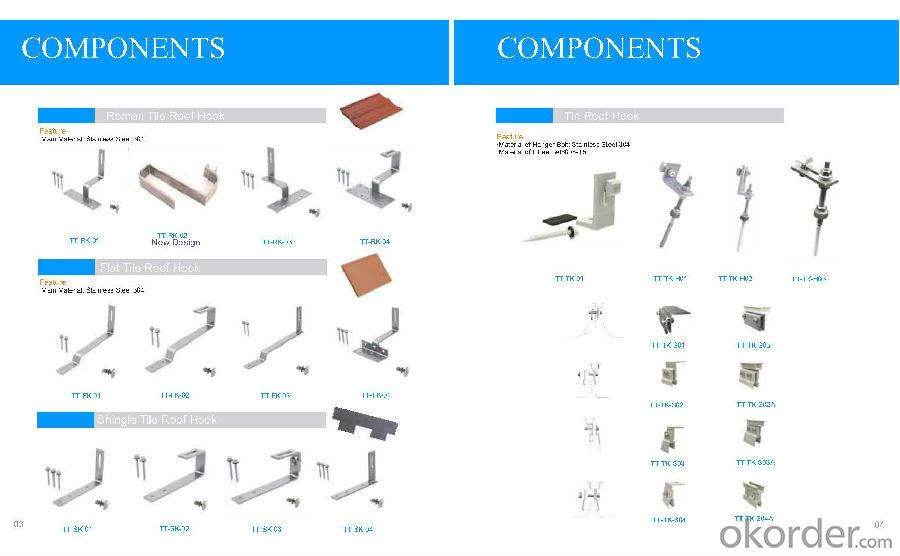
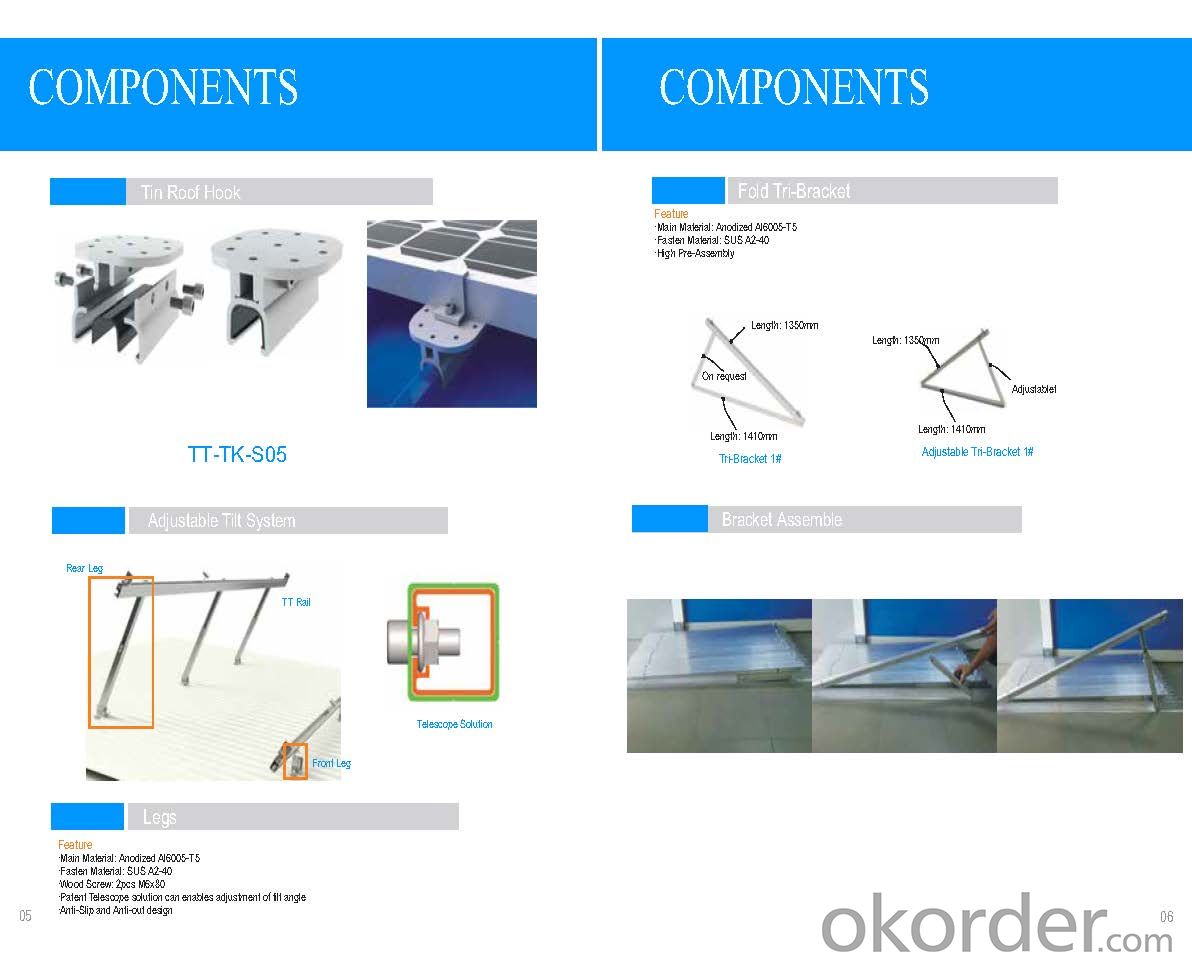
- Q: Can a solar mounting system be adjusted for optimal solar panel angle?
- Yes, a solar mounting system can be adjusted for optimal solar panel angle. This allows for better sunlight absorption and maximum energy generation. The angle can be adjusted based on factors such as geographical location and seasonal changes to optimize solar panel performance.
- Q: Are there any specific considerations for installing a solar mounting system in a high wind area?
- Yes, there are several specific considerations for installing a solar mounting system in a high wind area. Firstly, the mounting system should be designed to withstand high wind loads by using robust and durable materials, such as galvanized steel or aluminum. Additionally, the system should be securely anchored to the ground or roof structure to prevent any movement during strong winds. It is also important to consider the orientation and tilt angle of the solar panels to minimize wind resistance. Regular inspections and maintenance of the system are crucial in high wind areas to ensure that all components are intact and functioning properly. Overall, careful planning and adherence to wind load calculations and local building codes are essential for a successful solar installation in a high wind area.
- Q: Can a solar mounting system be used in areas with limited access to feed-in tariffs?
- Yes, a solar mounting system can still be used in areas with limited access to feed-in tariffs. While feed-in tariffs provide financial incentives for generating renewable energy and feeding it back into the grid, a solar mounting system can still be beneficial in such areas. It allows individuals or organizations to generate their own clean energy, reduce their reliance on traditional power sources, and potentially save on electricity bills. Additionally, excess energy generated can be stored in batteries or used for self-consumption, providing greater energy independence.
- Q: Are there different types of solar mounting systems?
- Yes, there are several different types of solar mounting systems available. Some common types include roof-mounted systems, ground-mounted systems, pole-mounted systems, and carport-mounted systems. Each type has its own unique features and installation requirements, allowing for flexibility in choosing the most suitable option based on factors like space availability, site conditions, and aesthetic preferences.
- Q: Are there regulations or permits required for installing solar mounting systems?
- Yes, there are regulations and permits required for installing solar mounting systems. These regulations vary depending on the location and jurisdiction. In most cases, building permits and electrical permits are required to ensure that the installation meets safety standards and complies with local building codes. Additionally, some areas may have specific regulations regarding setback distances, height restrictions, and structural considerations for solar mounting systems. It is recommended to consult with local authorities or a licensed professional to determine the specific requirements for your installation.
- Q: What are the environmental impacts of solar mounting systems?
- Solar mounting systems have several environmental impacts. Firstly, the production of these systems requires raw materials such as steel and aluminum, which entail mining and extraction processes that can contribute to habitat destruction and pollution. Additionally, the manufacturing of these systems may produce greenhouse gas emissions and waste. However, it is important to note that once installed, solar mounting systems have minimal ongoing environmental impacts. They generate clean and renewable energy, thus reducing dependence on fossil fuels and mitigating air pollution and greenhouse gas emissions. Furthermore, they have a long lifespan and can be recycled at the end of their use, minimizing waste generation. Overall, while there are some initial environmental impacts associated with their production, solar mounting systems have a significantly positive environmental impact in terms of energy generation and carbon footprint reduction.
- Q: Can solar mounting systems be installed on rooftops with HVAC units?
- Yes, solar mounting systems can be installed on rooftops with HVAC units. However, it is important to consider the positioning and spacing of the solar panels to ensure they do not obstruct or interfere with the HVAC units' functionality. Professional installation and consultation are recommended to ensure proper placement and functionality of both systems.
- Q: Are there any specific requirements for installing a solar mounting system on a rooftop with snow guards?
- Yes, there are specific requirements for installing a solar mounting system on a rooftop with snow guards. The snow guards should be properly designed and installed to ensure they do not interfere with the solar panels or the mounting system. Additionally, the mounting system should be able to withstand the added weight and stress caused by the presence of snow guards. It is important to consult with a professional installer who can assess the specific rooftop conditions and recommend the appropriate mounting system and snow guard design for optimal performance and safety.
- Q: Are there any specific requirements for flashing when using a solar mounting system on an asphalt shingle roof?
- Yes, there are specific requirements for flashing when using a solar mounting system on an asphalt shingle roof. The flashing should be properly installed to prevent any water leakage or damage to the roof. It should be designed to fit securely around the mounting system and shingles, ensuring a watertight seal. Additionally, it is important to follow the manufacturer's guidelines and local building codes to ensure proper installation and compliance.
- Q: Can a solar mounting system be used in areas with solar renewable energy certificates?
- Yes, a solar mounting system can be used in areas with solar renewable energy certificates. The mounting system itself is not dependent on the availability of renewable energy certificates, but rather on the availability of sunlight and space for installation. The renewable energy certificates are a separate mechanism used to track and incentivize the generation of renewable energy, and do not directly affect the installation or functionality of the mounting system.
Send your message to us
Metal Roof Solar Mounting Systems - TT-TK-S04A Solar Panel Mounting System
- Loading Port:
- Shanghai
- Payment Terms:
- TT OR LC
- Min Order Qty:
- -
- Supply Capability:
- 50万套 set/month
OKorder Service Pledge
OKorder Financial Service
Similar products
Hot products
Hot Searches
Related keywords
